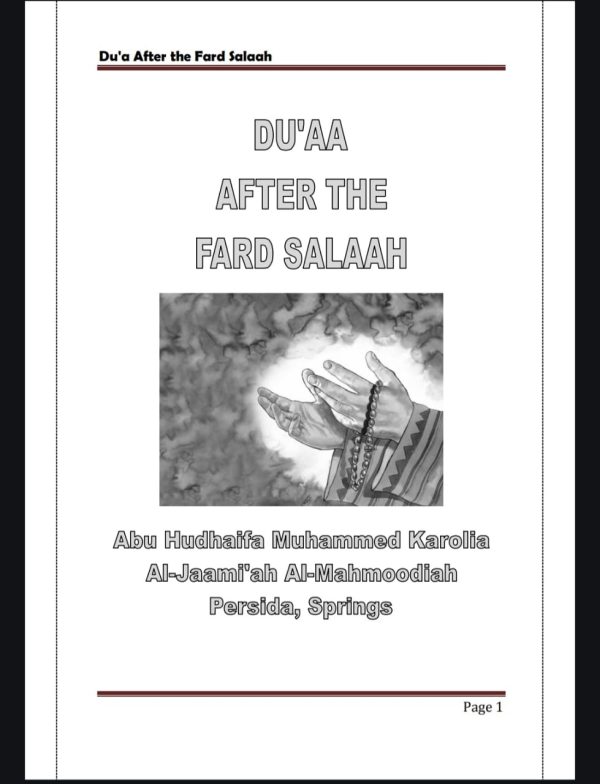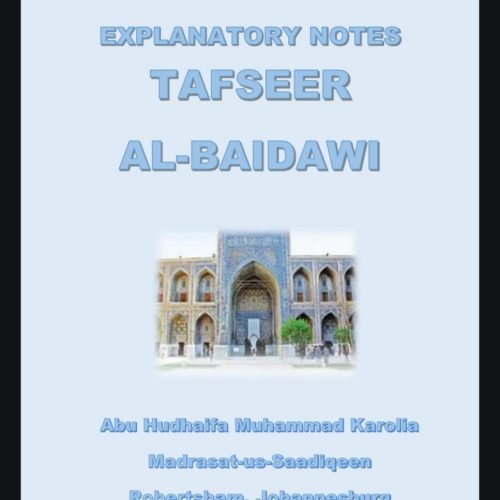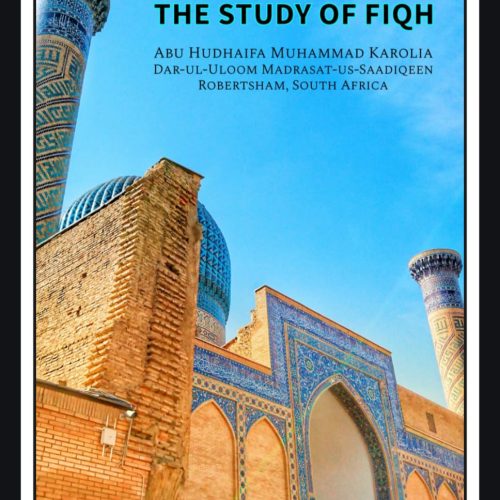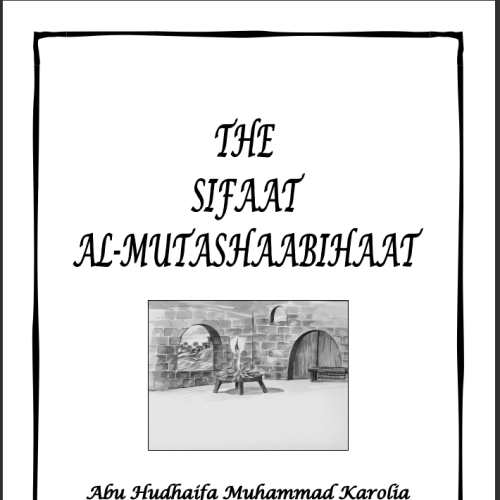The “Du’a After Salaah” provides a detailed discussion on the practice of making du’a (supplication) after the obligatory (fard) prayers. It begins with a scenario where different views on this practice are presented, reflecting the debate among Islamic scholars. The document presents the arguments of the jamhoor (majority of scholars) who hold that it is recommended (mustahab) to make du’a after the fard prayers and even raise one’s hands while doing so.
The document cites various hadiths to support this position and addresses counterarguments from scholars like Ibn Taymiyyah and Ibn Qayyim al-Jawziyya, who argued against the necessity or desirability of such du’a. It also discusses the specific meaning of the Arabic term dubur (often translated as “after” or “at the end of”) in relation to the timing of the du’a.
In addition to presenting evidence for and against the practice, the document discusses the permissibility of raising hands during du’a, the role of congregational du’a, and whether such persistence in making du’a creates an impression of obligation, which is discouraged.
Overall, the document serves as a comprehensive guide to understanding the rulings, hadiths, and scholarly opinions on the practice of du’a after the fard prayers in Islamic tradition.





Reviews
There are no reviews yet.